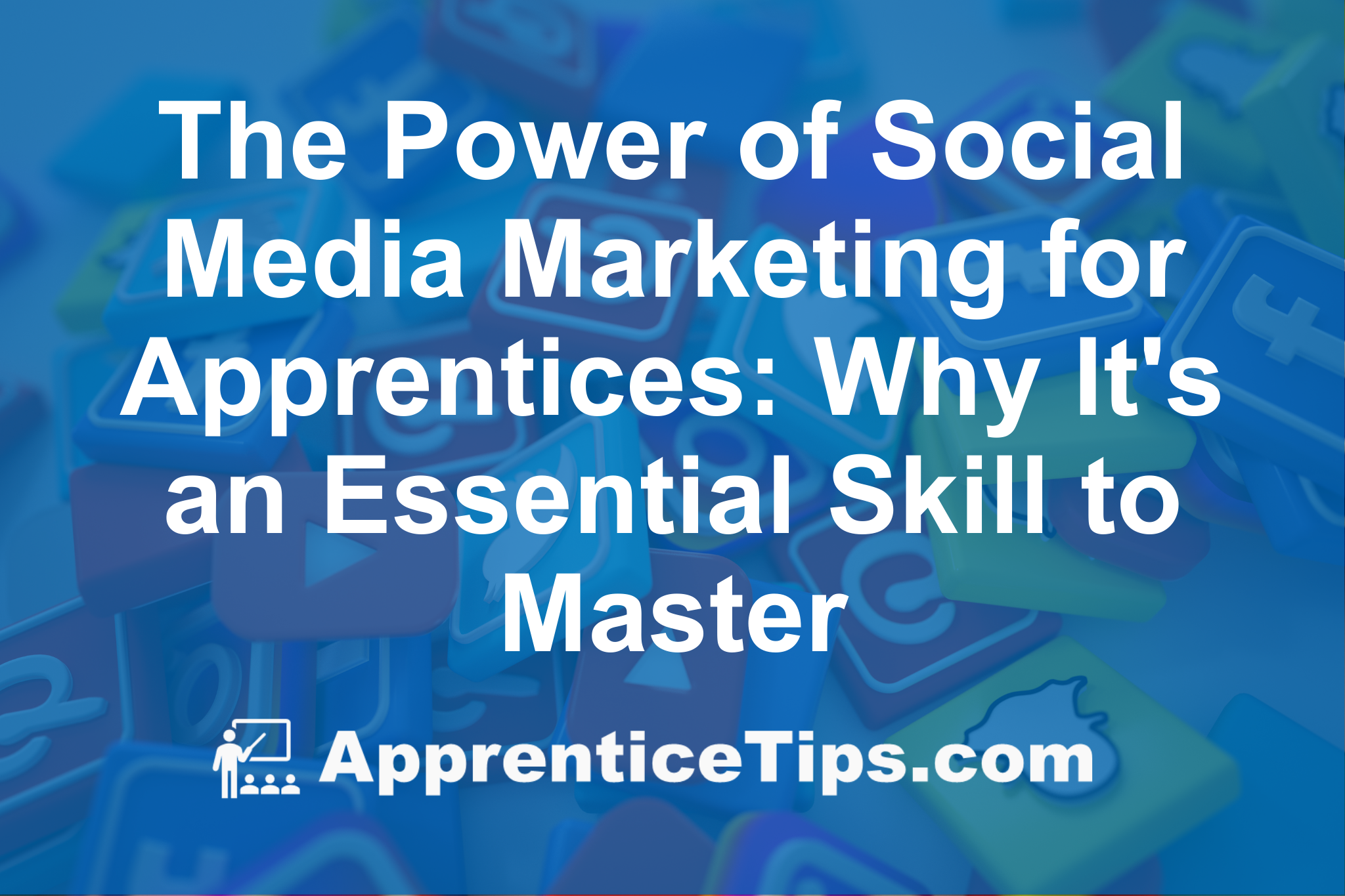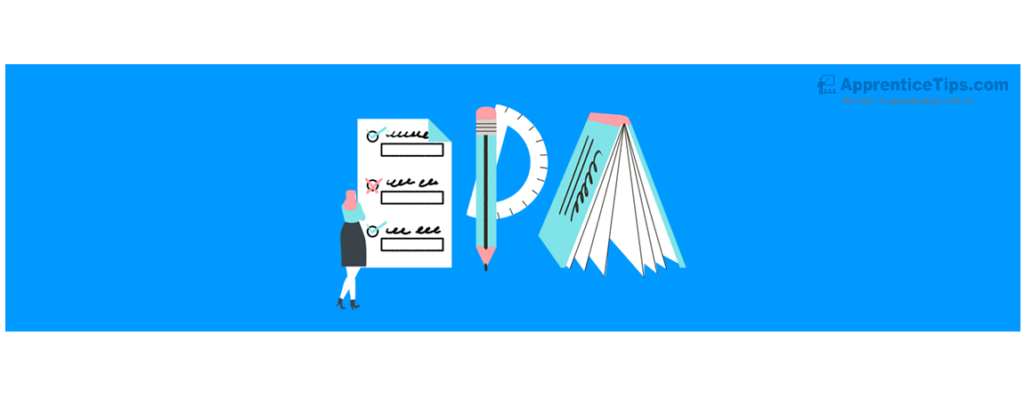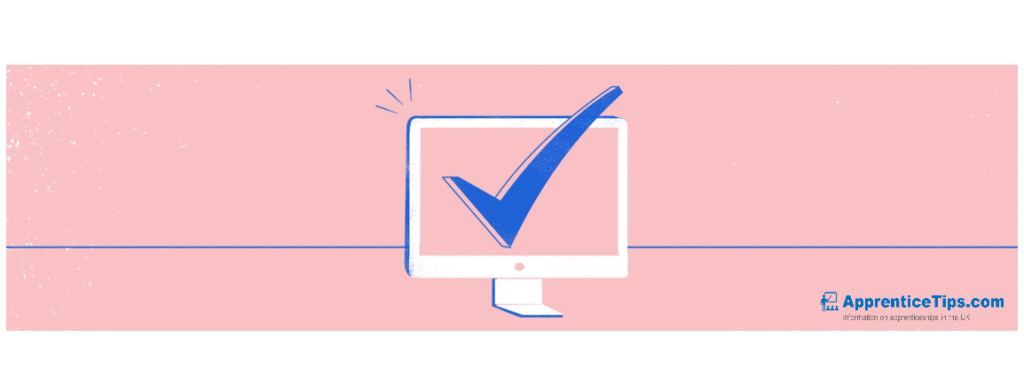Programmatic marketing is an effective way of keeping up with the ever-growing digital climate, reaching highly targeted users online whilst they browse on their devices. Most marketing agencies will tend to include programmatic as part of their strategy, so when looking for a digital marketing apprenticeship it’s good practice to expect programmatic marketing will be included.
So, what is programmatic?
Programmatic marketing is the automated buying of digital media placements online, the placements being purchased through a bidding process, similar to auctioning where the highest bid wins. Campaigns can quickly be optimised or altered, making them a versatile channel. Depending on the DSP (demand side platform) being used to run the campaign, there is likely to be a plethora of third-party data available to tap into, allowing the chosen audience to be highly targeted. Data partnerships can often be integrated into the trading platform to bring in first and second party data which is more valuable than third party data as it isn’t stitched together from multiple sources.
The 5 Basics…
Target audience
Due to the wealth of data available to us online, it’s important we are targeting the users correctly. One way to get a better understanding of target audience is through audience segmentation. This involves refining your audience down to different demographics, online behaviors, interests, location etc. For example, if we were running a campaign for a company that sold women’s perfume, our main target audience could be briefed in as vague as those interested in perfume. At a top level, this can be done through browsing behavior data, targeting those who have historically searched for perfumes online.
However, we can do more with that to ensure each audience subset is targeted relevantly. Segmenting by demographic will allow us to target users with content relevant precisely. A female under the age of 25 is likely browsing for a different perfume to men over the age of 40.
Breaking down further by interests & browsing behavior will allow us to target users who are looking for a perfume for a specific occasion. For example, we could target those who are looking for a day-today perfume to wear, as well as those who are looking for a specific perfume to wear or an occasion. With this in mind, audience segmentation is a great too for reaching the target audience with highly relevant content, making them more likely to engage with the ads which in turn will help to push sales.
Engaging Creatives
In order to ensure users interact with the creatives, it’s important that the content shared is engaging and offers just enough information to push them to click on the ad. Creatives should be concise, not displaying too many products per ad. Due to the majority of traffic driven through programmatic ads being on mobile, the ad formats often run quite small meaning an overcrowded creative can result in key wording and call-to-actions becoming compromised.
The key to a successful creative is to ensure just enough information is shared, including the brand name, the CTA, the image of the SKU, and if relevant the T’s & C’s. To draw upon the previous point of audience segmentation, different creatives can also be pushed to each subset of the audience, in turn increasing the relevancy of the ad for the specific user.
Data
As mentioned, there is a weather of data available online which can be utilised within the audience targeting. Despite this, not all data is created the same and some types of data is more valuable than others. Where possible, it’s best to aim to tap into first and second party data, although there are often restraints here when there isn’t a data partnership in place. So what are the different types of data?
First party data is the most valuable type of data. Acquired by a company directly from the source. This data can be collected from various different places but is often from email sign ups, purchase data and site activity.
Second party data is first party data that has been shared with an outside source. While still valuable, due to it being shared externally the data owner has a right not to disclose all data meaning there can be gaps in what is shared. Despite this, second party data is still a great option to utilise as you are still able to access data which is close to the source. Second party data can be acquired through a data partnership. This means that you have been allowed access to a company’s data often in return for the company collecting the data’s monetary value.
Third party data is data that has been collated from multiple sources and stitched together. This data type is most readily available within the majority of DSP’s and allow you to easily target your preferred audience. Unfortunately, due to being collected from a range of different sources, third party data is often the least valuable type of data. Despite this, the data is still useful to include in campaign where first party data or data partnerships are not in place.
In-App & Sites
When running a programmatic campaign, it’s important to disclose exactly what programmatic is to the client and that your ad will be shown to the target audience wherever they are browsing. For example, a client can be surprised to find their ad was showing on a gaming site when they were promoting a perfume SKU, but you should be able to explain that these campaigns are most often targeted on an audience basis.
Programmatic campaigns can be pushed to a specific whitelist of sites that the client sees relevant to their products, although this can often jeopardise the performance of the campaign when it is over laid with audience targeting too, becoming too granular to serve any ads. This should be voiced with the client before hand and their expectations should be followed as closely as possible.
Overlaying brand-safety targeting is always good practice when running a programmatic campaign. This will blacklist sites & content deemed as inappropriate so that your ads do not run against them.
Reporting
With the right tools in place, you will be able to provide an in-depth report on the campaigns performance. Being able to understand each of the topline metrics available will help to create a story of the campaign performance which can be shared with the client.
Impressions will show you exactly how many users you have been able to reach with your ad.
Clicks show the number of times a user has engaged with the ad and clicked on it.
CTR (clickthrough rate) is a useful metric as it shows the percentage of impressions that resulted in a click. A high CTR suggests that the content was well targeted as the audience engaged with it.
The final CPM achieved at the end of the campaign shows the average amount spent per 1,000 impressions. In this case, a lower CPM than planned shows you were able to reach a higher number of users and were able to achieve efficiencies. A higher CPM than planned suggests that the campaign under delivered and it did not serve out the planned impressions in full.
Though just the top line metrics have been highlighted here, there is a wealth of reporting that can be done on a campaign. Have any additional interests? Trying to pull a campaign report for yourself to discover what metrics you can utilise to report on!
To summarise..
If these 5 basics are kept in mind when executing a programmatic campaign, you’re on track to success. Attention to detail is key to ensure effective delivery of a campaign, so being thorough is a good quality to adopt.
Any additional questions? Feel free to reach out to use via email and we will endeavor to respond to all your apprenticeship or industry queries!
























